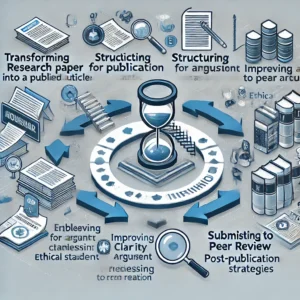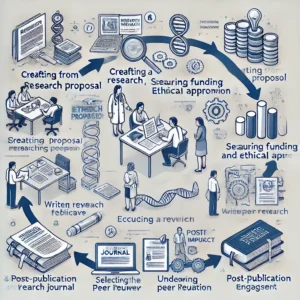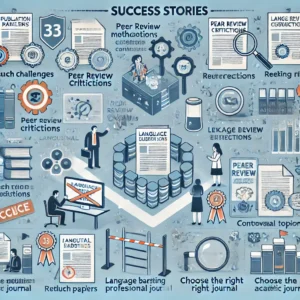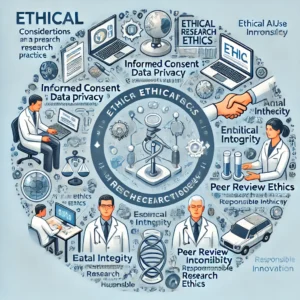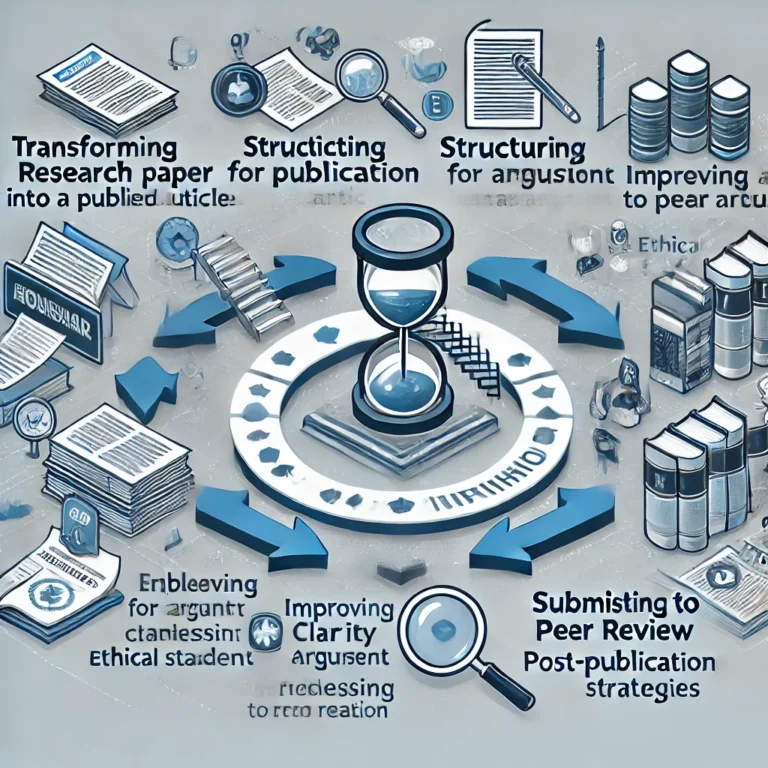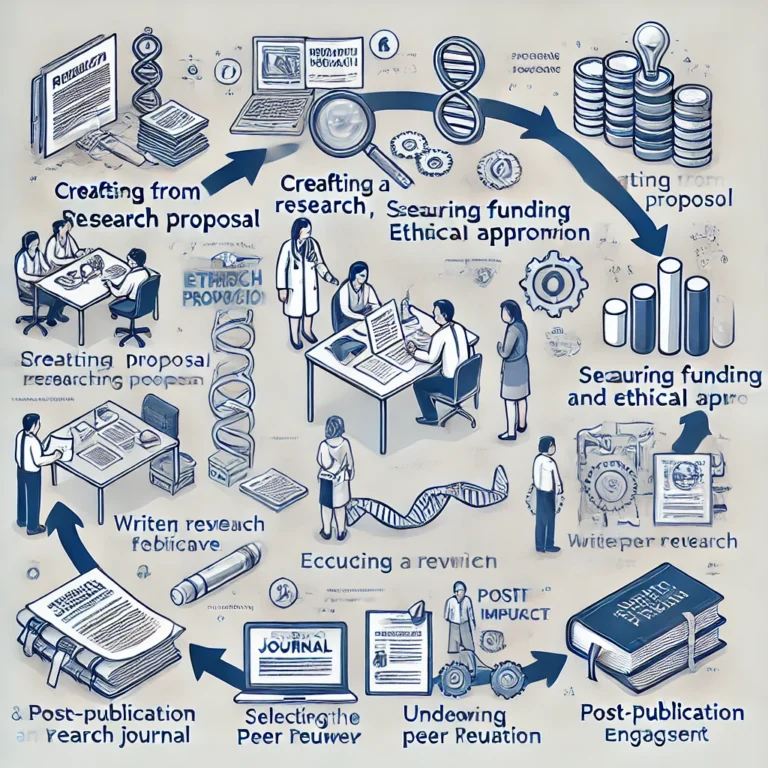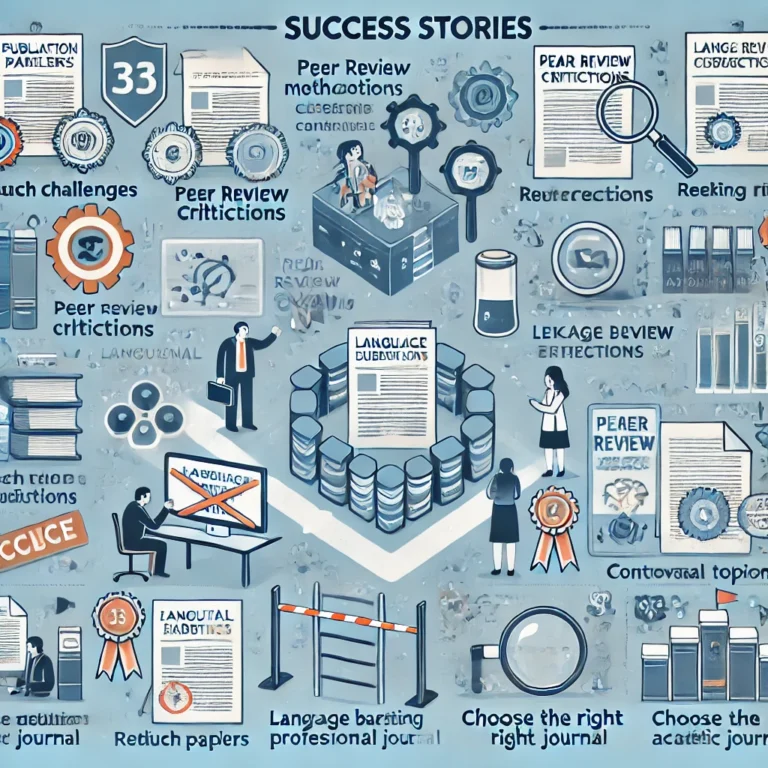
Introduction to Information Technology Journals
Academic journals play a pivotal role in the field of information technology by facilitating the dissemination of research findings and advancements in technology. These journals serve as platforms for researchers, academics, and practitioners to share their work, contributing to the collective knowledge base within the IT community. Through the publication of peer-reviewed articles, these journals ensure the quality and reliability of the information presented, making them vital resources for professionals seeking to stay updated on the latest trends and developments.
The significance of information technology journals extends beyond mere publication; they function as catalysts for innovation and the development of new technologies. Researchers often draw inspiration from published work, building upon previous studies to explore uncharted territories within the IT landscape. This collaborative nature of research fosters an environment where new ideas can flourish, leading to technological progress and the evolution of existing systems.
Moreover, the rise of open access journals has revolutionized the accessibility of IT research. Unlike traditional journals that often impose subscription fees, open access platforms provide free access to scholarly articles, thereby enhancing the visibility of research findings. This increased accessibility is particularly beneficial for emerging scholars and practitioners in developing regions who may otherwise struggle to access cutting-edge research. The growing trend towards open access not only democratizes knowledge but also encourages wider participation in academic discourse, ultimately leading to a more informed and innovative IT community.
In conclusion, the role of academic journals in information technology cannot be overstated, as they contribute to research dissemination, technological advancement, and the promotion of open access, all of which are essential for the continued growth and evolution of the field.
Overview of Key Journals in Information Technology
The field of information technology is vast, encompassing various sub-disciplines that cater to a broad range of academic and professional interests. This overview highlights several key journals, each contributing significantly to research and discourse in information technology. One of the most renowned journals is the IEEE Transactions on Software Engineering, which focuses on the methodologies, tools, and practices in software development and engineering. It serves not only researchers but also practitioners looking for innovative solutions in software design.
Another important publication is the Journal of Artificial Intelligence Research, which offers a platform for high-quality research articles on artificial intelligence across various applications. Its target audience includes academic researchers and industry professionals eager to stay updated on the latest advancements and theoretical developments in AI.
In the realm of cybersecurity, the Journal of Computer Security stands out. This journal covers a multitude of topics including security protocols, data breaches, and cryptography. It appeals to both researchers and security practitioners who are continuously seeking to bolster their knowledge and understanding of contemporary cybersecurity issues.
Data management is effectively catered to by the ACM Transactions on Database Systems, which publishes cutting-edge research in database technology. The journal engages a diverse audience, including academics, industry practitioners, and policymakers interested in the theoretical and practical aspects of database management.
Furthermore, the International Journal of Information Management examines the relationship between information technology and business management, making it essential reading for scholars and professionals alike. Its focus incorporates the growing importance of information governance and the strategic use of information technology in organizations.
These journals exemplify the diversity and richness of the information technology discipline, providing vital resources that support both academic inquiry and practical applications. Their ongoing contributions fuel advancements in technology and help shape the future of this dynamic field.
List of Journals with Links
In the ever-evolving field of information technology, numerous journals provide valuable insights, research findings, and advancements in various sub-disciplines. Below is an extensive list of journals along with links to their official websites, facilitating easy access for researchers and practitioners seeking relevant literature. Each entry includes a brief overview highlighting the journal’s focus area and notable publications.
1. Journal of Information Technology – jitjournal.com
This journal publishes high-quality research on all aspects of information technology, including policy and strategies in IT management.
2. IEEE Transactions on Information Technology in Biomedicine – ieee-its.org
Focusing on the application of information technology to health care and biomedical research, this journal contains innovative articles relating to clinical practice.
3. Information Systems Research – pubsonline.informs.org/journal/isre
This journal provides a platform for research addressing the design, control, and management of information systems.
4. International Journal of Information Management – journals.elsevier.com/international-journal-of-information-management
This journal covers topics related to the management of information in organizations, including technology trends and strategies.
5. Journal of Computer and System Sciences – journals.elsevier.com/journal-of-computer-and-system-sciences
Emphasizing theoretical and practical aspects of computing, this journal particularly highlights systems programming and technologies.
6. Journal of the Association for Information Science and Technology – asist.org/JASIST
Dedicated to research on information science, this journal encompasses a diverse array of IT-related topics and advancements.
7. ACM Transactions on Information Systems – tois.acm.org
This journal serves the intersection of computer science and social science, focusing on IT systems and their impact on society.
8. Future Generation Computer Systems – journals.elsevier.com/future-generation-computer-systems
This publication features innovative research on computer systems that cater to future technological advancements and trends in IT.
These journals represent a robust resource for professionals in the field of information technology, offering a breadth of information pertinent to ongoing research and development. Accessing these journals will provide not only foundational knowledge but also cutting-edge insights into the ever-changing landscape of information technology.
How to Choose the Right Journal for Your Research
Selecting the right journal for your research in information technology is a critical decision that can significantly impact the dissemination and reception of your work. To make an informed choice, several key factors should be taken into account, including the journal’s focus, audience, impact factor, editorial process, and publication frequency.
Firstly, aligning your research with the journal’s scope is vital. Each journal typically has a specific area of expertise, and finding one that matches your research theme increases the chances of acceptance. Review the journal’s aims and scope, and assess whether your study fits within its focus on particular subfields of information technology.
The target audience of the journal also plays a crucial role in the selection process. Consider who will benefit most from your research findings. Is your work aimed at academics, industry professionals, or policymakers? Identifying the audience can guide you toward journals that have an established readership in your research area.
Another important consideration is the impact factor of the journal, which serves as an indicator of the journal’s influence and prestige in the field. Higher impact factors usually correlate with greater visibility and credibility for your work, but remember that quality is more important than quantity. Evaluate various metrics and assess how they align with your academic objectives.
Additionally, familiarize yourself with the journal’s editorial process. Understanding the peer-review system, the average time from submission to publication, and the responsiveness of the editorial team can help set realistic expectations. Finally, take note of the journal’s publication frequency; a journal that publishes regularly is more likely to provide a timely outlet for your findings.
Researching and evaluating potential journals is essential. Utilize databases and tools such as Journal Finder and Journal Citation Reports to compare various options. By considering these factors thoughtfully, you can choose a journal that aligns with your goals and enhances the visibility of your research in the field of information technology.

